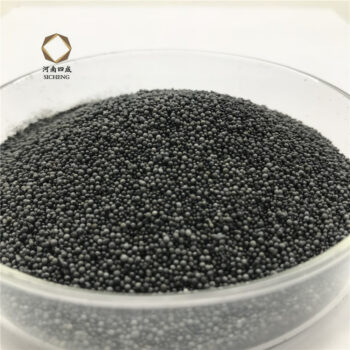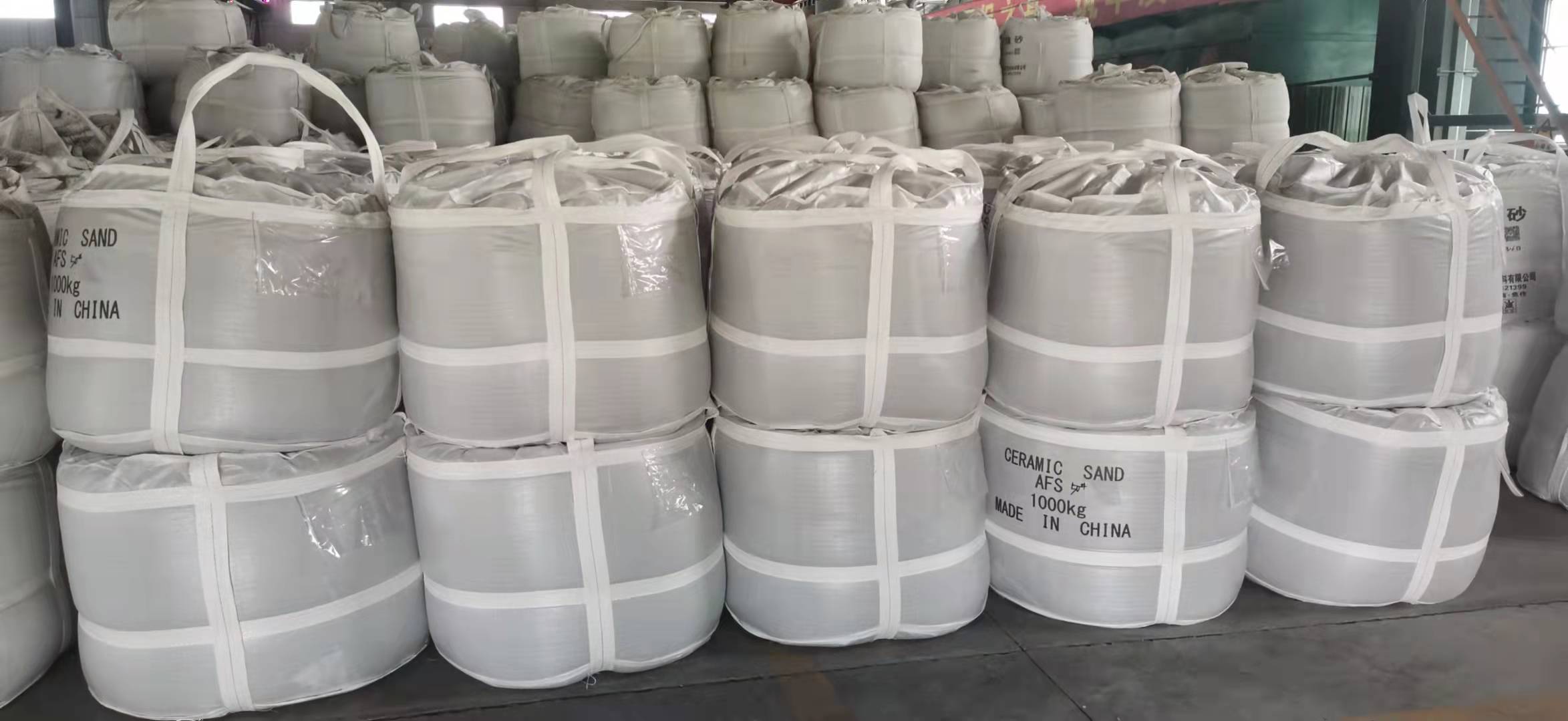Choosing the right size of ceramic sand for foundry applications depends on several factors, including the type of casting process, metal being poured, mold design, and surface finish requirements. Here’s a step-by-step guide to selecting the appropriate size:
1. Understand Ceramic Sand Properties
Ceramic sand (such as fused ceramic or proppant sand) is spherical, high-refractoriness, and chemically stable. Common sizes range from AFS 30 to 100 (approx. 0.1 mm to 0.6 mm).
2. Consider the Casting Process
Sand Casting (Green Sand/Resin Sand):
Coarser sand (AFS 40-70, 0.2–0.4 mm) for better permeability in large castings.
Finer sand (AFS 70-100, 0.1–0.2 mm) for intricate details and smooth surfaces.
Investment Casting (Shell Molding):
Very fine sand (AFS 80-120) for precision casting.
3. Metal Type & Pouring Temperature
Steel/Iron (High Temp): Coarser grades (AFS 40-60) to withstand thermal stress.
Aluminum/Copper (Lower Temp): Finer grades (AFS 60-100) for better surface finish.
4. Mold & Core Requirements
Cores (Thin Sections): Finer sand (AFS 70-100) for strength and detail.
Large Molds: Coarser sand (AFS 30-50) for better gas escape.
5. Surface Finish Needs
Rough Castings (e.g., engine blocks): AFS 40-60.
Smooth Finish (e.g., jewelry, aerospace): AFS 80-100+.
6. Permeability vs. Strength Trade-off
Higher permeability (coarse sand) reduces gas defects but may weaken the mold.
Finer sand improves surface finish but may need higher binder content.
7. Test & Optimize
Conduct trial casts with different AFS grades.
Check for defects (veining, inclusions, poor finish) and adjust.
General Recommendations
| Application | Recommended AFS Grain Size | Approx. Size (mm) |
|---|---|---|
| Large steel castings | 30-50 | 0.3–0.6 |
| General iron castings | 40-70 | 0.2–0.4 |
| Aluminum/brass | 60-100 | 0.1–0.3 |
| Precision investment | 80-120 | 0.06–0.2 |


